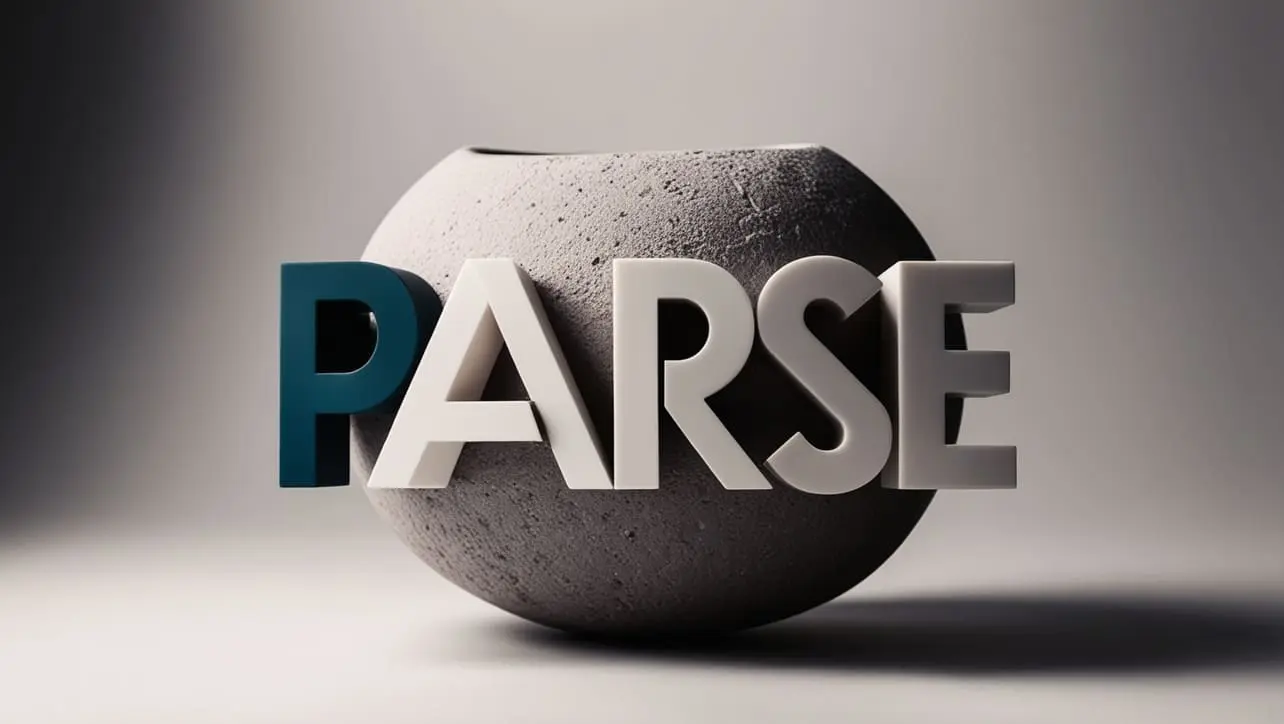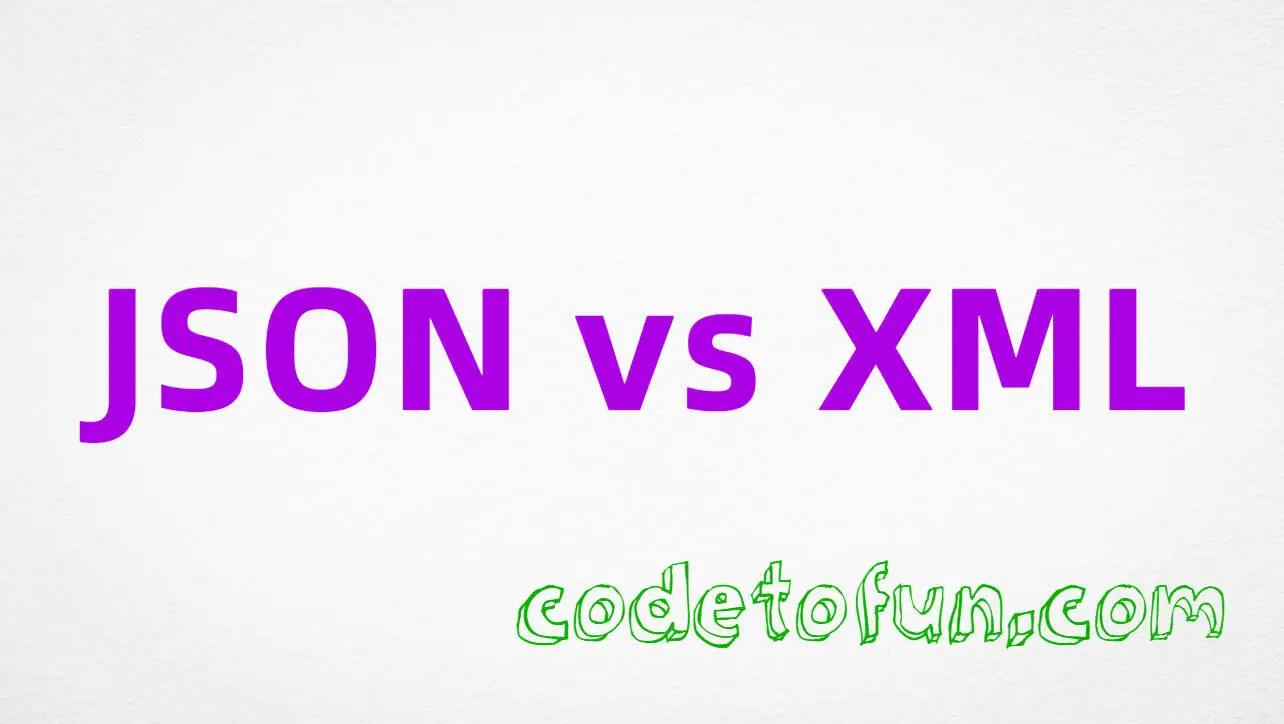
JSON Rules

Photo Credit to CodeToFun
🙋 Introduction
JSON (JavaScript Object Notation) is a lightweight data-interchange format that is easy for humans to read and write and easy for machines to parse and generate. It is a widely used format for data exchange between clients and servers in web applications.
🤔 What is JSON?
JSON stands for JavaScript Object Notation. It is a text format that is language-independent but uses conventions that are familiar to programmers of the C family of languages, including C, C++, C#, Java, JavaScript, Perl, Python, and many others.
🔑 Key Features of JSON
- Lightweight: JSON is much less verbose than XML, making it more compact.
- Readable: JSON's structure is easy to read and understand for humans.
- Interoperable: JSON is language-independent and can be used across various programming environments.
- Structured: JSON supports nested data structures, making it ideal for representing complex data.
Basic Structure of JSON
A JSON object is a collection of key/value pairs, similar to a dictionary or hash in other programming languages. A JSON array is an ordered list of values. Here’s a basic example of a JSON structure:
{
"name": "John Doe",
"age": 30,
"isStudent": false,
"courses": ["Math", "Science", "History"],
"address": {
"street": "123 Main St",
"city": "Anytown",
"zipcode": "12345"
}
}Explanation:
- Object: A JSON object is enclosed in curly braces {} and contains key/value pairs.
- Array: A JSON array is enclosed in square brackets [] and contains a list of values.
- Key/Value Pair: Keys are strings and are always enclosed in double quotes. Values can be strings, numbers, booleans, arrays, or other objects.
JSON Syntax Rules
To ensure that JSON data is valid and parsable, it must adhere to specific syntax rules:
Objects
- Objects are enclosed in curly braces {}.
- Objects contain a comma-separated list of key/value pairs.
- Keys must be strings and enclosed in double quotes ".
- Each key is followed by a colon : and then the value.
Arrays
- Arrays are enclosed in square brackets [].
- Arrays contain a comma-separated list of values.
Values
Values in JSON can be one of the following types:
- String: Must be enclosed in double quotes ".
- Number: Can be an integer or floating-point.
- Boolean: Must be true or false.
- Array: An ordered list of values.
- Object: A collection of key/value pairs.
- null: Represents an empty value.
Example of Valid JSON
{
"name": "Alice",
"age": 25,
"isEmployee": true,
"skills": ["JavaScript", "Python", "SQL"],
"contact": {
"email": "alice@example.com",
"phone": "555-1234"
}
}Example of Invalid JSON
{
name: "Alice", // Keys must be in double quotes
"age": 25,
"isEmployee": true
"skills": ["JavaScript", "Python", "SQL"], // Missing comma after true
"contact": {
"email": "alice@example.com",
"phone": "555-1234",
} // Trailing comma not allowed
}Working with JSON in JavaScript
JSON is native to JavaScript, making it straightforward to work with. Here are some common operations:
Parsing JSON:
To parse a JSON string into a JavaScript object, use JSON.parse():
JavaScriptCopiedconst jsonString = '{"name": "Alice", "age": 25}'; const jsonObject = JSON.parse(jsonString); console.log(jsonObject.name); // Output: AliceStringifying JSON:
To convert a JavaScript object into a JSON string, use JSON.stringify():
JavaScriptCopiedconst jsonObject = { name: "Alice", age: 25 }; const jsonString = JSON.stringify(jsonObject); console.log(jsonString); // Output: '{"name":"Alice","age":25}'
Common Use Cases for JSON
JSON is used extensively in web development and other programming environments for various purposes:
- API Communication: JSON is the standard format for APIs to exchange data between servers and clients.
- Configuration Files: JSON is often used for configuration files due to its readability and ease of use.
- Data Storage: JSON is used to store structured data in databases, especially in NoSQL databases like MongoDB.
- Data Interchange: JSON is used to serialize and deserialize data when transmitting between different systems.
🎉 Conclusion
JSON is a versatile and widely adopted format for data interchange. Its simplicity, readability, and compatibility with many programming languages make it an essential tool for modern web development.
Understanding the basic structure and rules of JSON will help you effectively use it in your projects.
👨💻 Join our Community:
Author

For over eight years, I worked as a full-stack web developer. Now, I have chosen my profession as a full-time blogger at codetofun.com.
Buy me a coffee to make codetofun.com free for everyone.
Buy me a Coffee











If you have any doubts regarding this article (JSON Rules), please comment here. I will help you immediately.